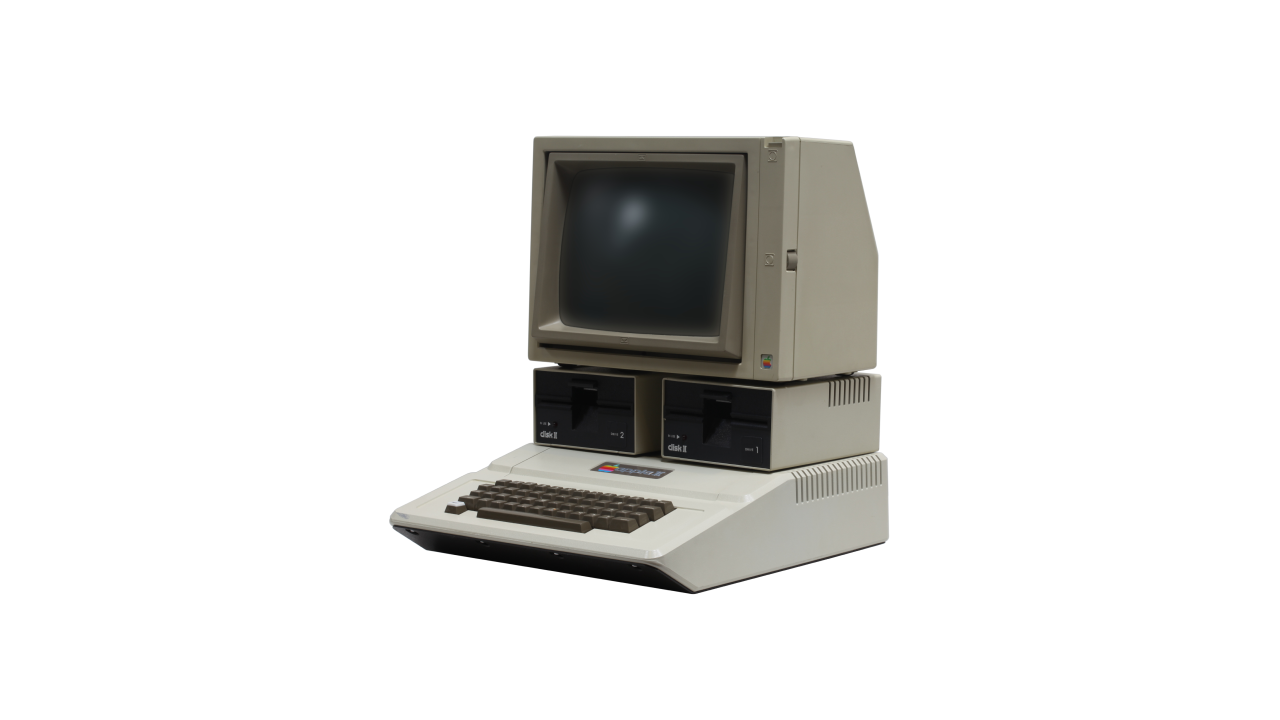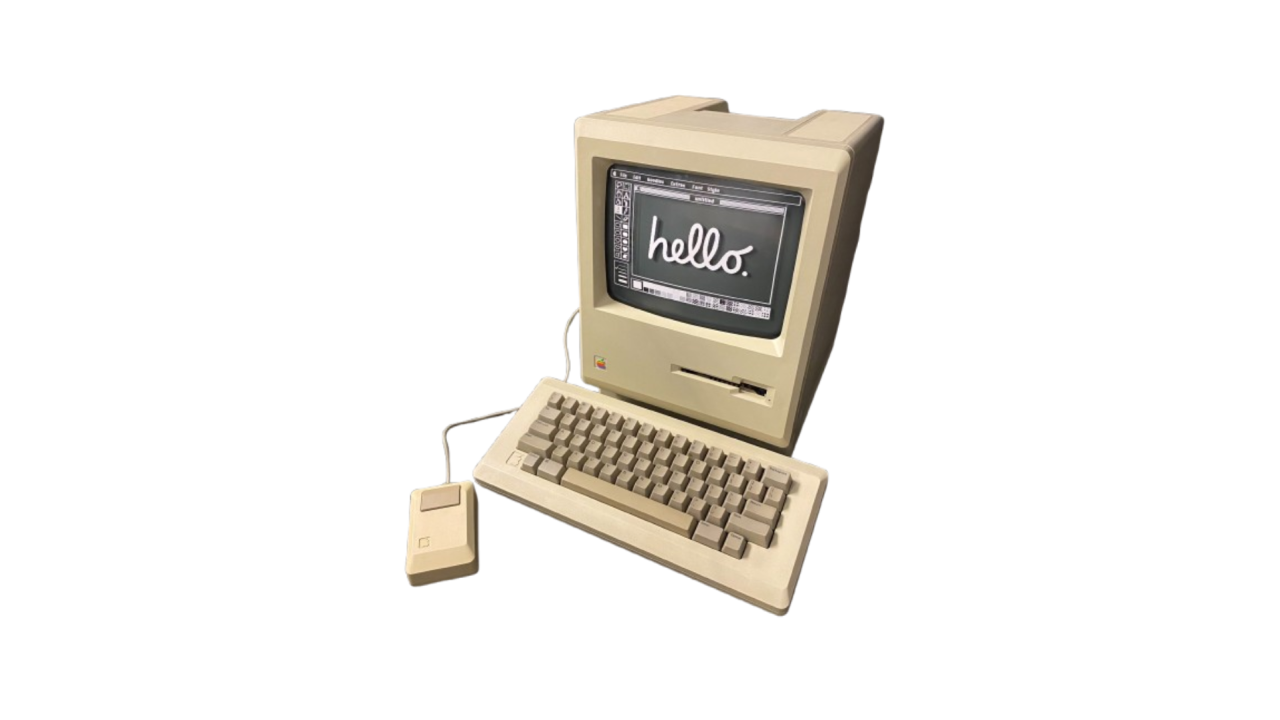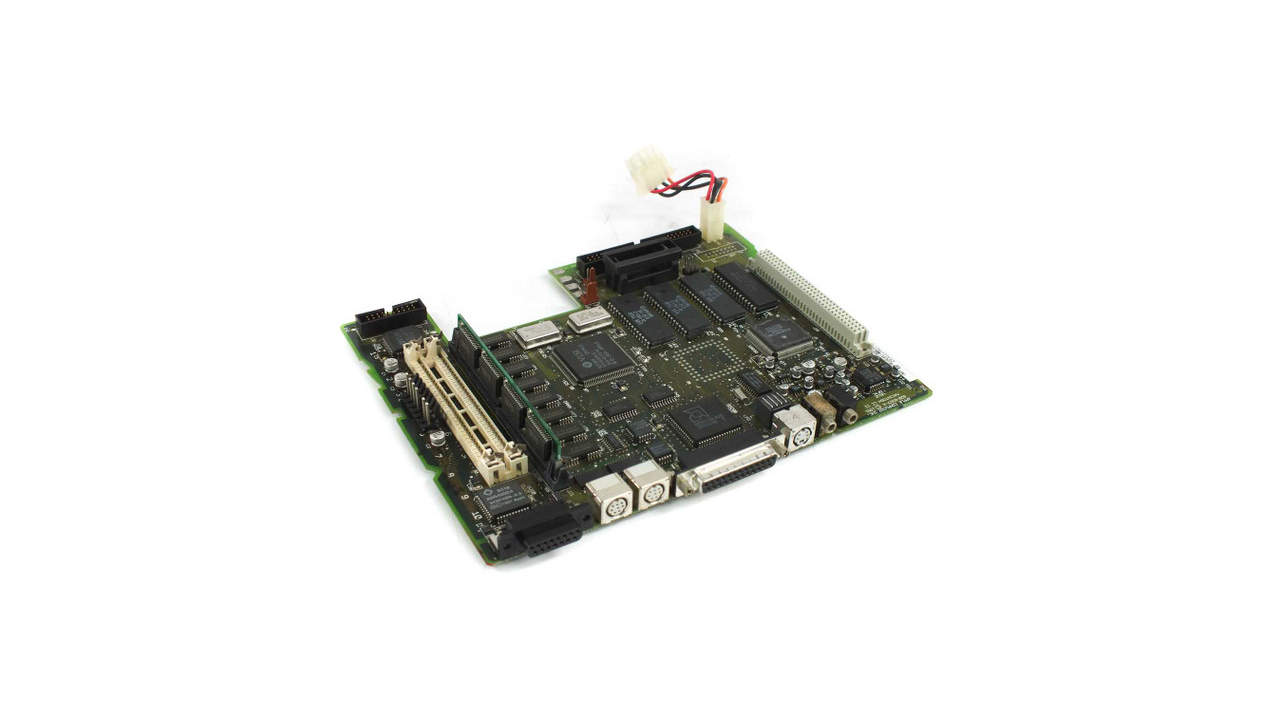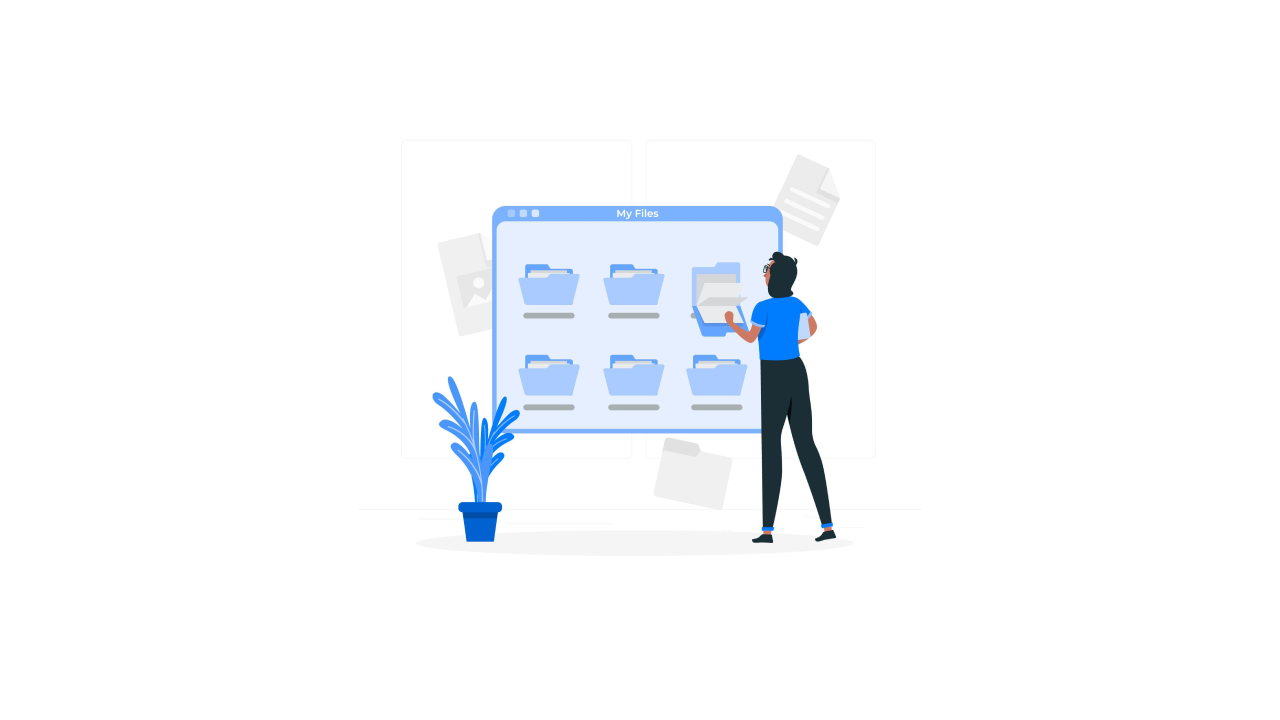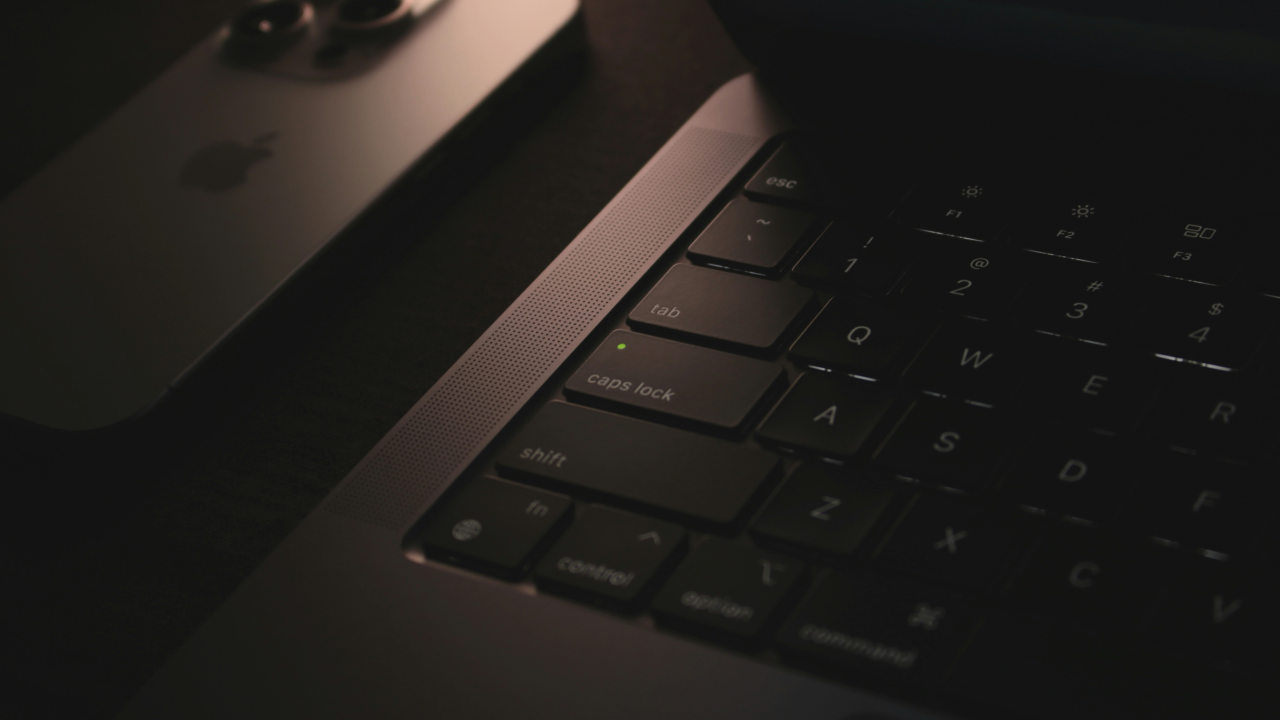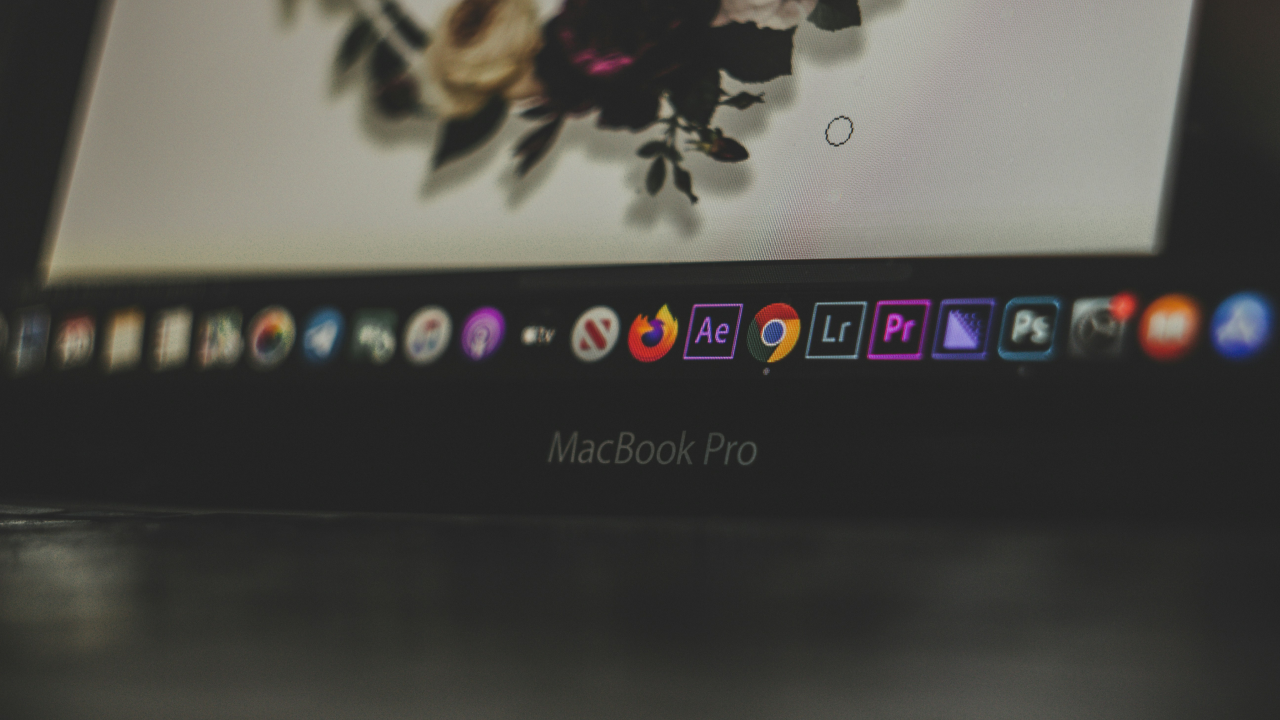How the Apple II Began and How it Grew?
In 1975, Steve “Woz” Wozniak was thinking about building his own microcomputer. He decided to use the 6800 microprocessor instead of the 8080, then used by most microcomputers. The 6800 cost about $275 per processor and this was more than Woz wanted to pay for a microprocessor. Then the Wescon annual electronics show came to … Read more
